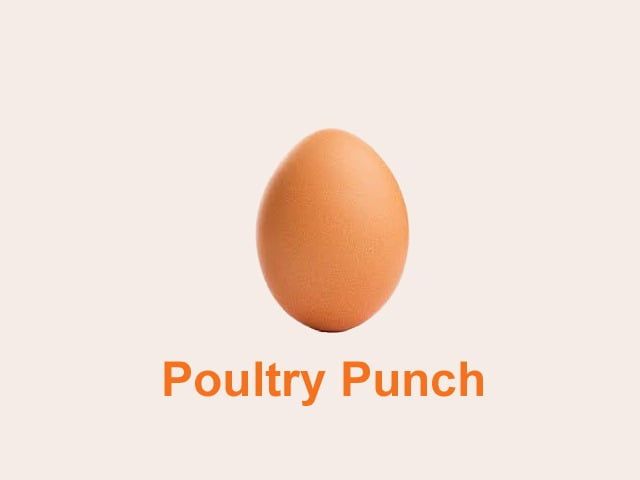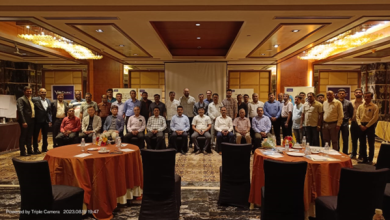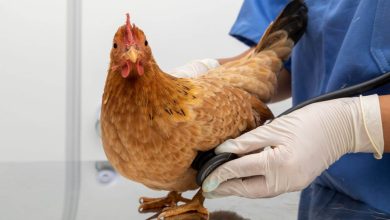Indian Poultry Industry :- Challenges, Problems and Opportunities

Dr.Gunjan Sharma, BVSc & AH, MVSc Scholar in Animal Nutrition, Dr.G.C.Negi college of Veterinary and Animal Sciences, Palampur, Himachal Pradesh.
Introduction:
Poultry is one of the most important and fastest-growing sectors of agriculture sectors today in India. The poultry sector majorly maintains the requirements of protein and nutrition. India today is one of the largest manufacturers of eggs and broiler meat. The poultry industry in India has endured an exemplary transformation in structure and operation during the last two decades and modified into a mega-industry with the presence of a huge number of workers from a mere backward poultry farming that appears to be very fast. When we see the complete overview, the production of crops has been growing at a rate of 1.5-2% per annum whereas the production of eggs and broilers has been growing at a rate of 8-10% per annum. India is the world’s 3rd largest egg producer and 6th largest producer of broilers. The Indian poultry market, comprising of broilers and eggs was worth INR 1,750 Billion in 2018 and was worth INR 2049 Billion in 2019. The market is further projected to reach INR 4,340 Billion by 2024, growing at a CAGR of 16.2% during 2019-2024.
Growth drivers for the Indian poultry industry: The commercialization of the Indian poultry industry over the past decades has involved sizeable investments in poultry breeding, hatching, rearing, and processing. Indian farmers have moved from rearing non-descript birds to rearing newly developed hybrids like shaver, Babcock, hyaline which ensure more rapid growth, good livability, excellent FCR, and high profits. Other factors that are responsible for the rapid growth of the poultry sector are initiatives of private enterprises, fewer government interventions, and very considerable indigenous poultry genetics capabilities and support from the complementary veterinary health, poultry feed, poultry equipment, and poultry processing sectors. Apart from this, India is one of the few countries in the world that has put into place a sustained Specific Pathogen Free (SPF) egg production project. Some other factors are: –
● Expanding middle class
● Per capita consumption and income
● Urbanization
● Young and growing population
● Creating awareness regarding processed meat and protein intake.
● Food security to be moved to nutritional security.
Problems associated with the poultry industry: There are some threatening agents to the poultry sector,
1. A significant difference in the industry across various regions of India: – more than 60% of broilers are produced in these 5 states of India (Andhra Pradesh with 20%, Karnataka, Maharashtra, Punjab, and West Bengal) while more than 60% of eggs are produced in these 5 states of India (Andhra Pradesh, Haryana, Maharashtra, Punjab, and Tamil Nadu). This creates logistic and quality issues related to transport.
2. Competition from the international market: On opening up duty-free imports, lifting of trade barriers, etc.
3. Disease outbreaks: Fowl pox, Fowl cholera, Avian influenza, E.coli infections, etc.
4. Feed ingredients and other logistics cost: Small-scale producers are facing problems like high feed and transport costs, expensive vaccine costs, veterinary care services, and the non-availability of credit. It has been noticed that due to high capital investments some farmers have been switched from layer production to broiler production as output in broiler units can be fetched in six weeks.
5. Antibiotic misuse in poultry farms: It is leading to multi-drug resistance properties in bacteria (because of unsafe disposal of poultry litter).
6. Lack of insufficient biosecurity standards taken by poultry keepers.
7. Presence of Salmonella spp. and Cholesterol in poultry meat.
8. Noticeable price fluctuations.
Challenges:
1. Manoeuvrability in broiler prices- Management of broiler meat production during lean seasons when consumption of the product is cut down by the consumers. For e.g., Ganesh Chaturthi, Navratri festival, etc or when consumption is increased by the consumers for e.g., Ramzan, Eid, etc
2. Maneuverability in the price of feed ingredients such as maize and soya- As maize and soya together comprise of 90% of the total feed ingredients.
Suggestions- popularization of production of hybrid maize and soya products.Introducing GM crops produced at a lower cost of production for higher yield.
3. The dependency of poultry producer on live bird sale over-processed or frozen poultry meat.
Suggestions- Spreading awareness in customers regarding the consumption of processed meat as all the developed nations have already switched to processed meat and the present world trend is ready- to eat. Government regulatory policies can also make a difference.
4.Availability of trained workers- There are very few numbers of trained professionals available to the poultry sector.
Suggestions- All veterinary institutes and diploma colleges to be suggested to start various courses on poultry production, feed technology, hatchery management, entrepreneurship, etc. Efficient recruitments and a fair pay scale to be offered so that youth develop more interest in making a career in the poultry sector.
5. Government food safety norms: Demand for food safety is high on both government and consumer.
Suggestions- active action plans to be conducted to defend and build trust among consumers regarding the usage of antibiotics and other hearsay. Collaboration by the government is the need of the hour.
Opportunities-
There are some measures to promote poultry industry growth in India-
● The poultry industry in India is constantly growing due to the use of modern technology and switching from live bird to fresh chilled and frozen poultry product market.
● A novel aisle started with the integrated poultry operations over the country.
● Policies that ensure supplies of competitively priced corn and soybeans.
● An increase in per capita consumption of 1 egg or 50 gm poultry meat will generate an estimated 25,000 additional jobs that will create employment opportunities for youth.
● Now the latest trend in the poultry sector is to produce designer eggs. These are organic eggs rich in omega 3 fatty acids and with lower levels of saturated fats and cholesterol.
Conclusion:
In the present nation is a market with an investment-friendly environment. The Indian poultry industry is booming and emerging as the world’s 2nd largest market. The growth rate is growing at the phenomenal rate of 12-15% every year. Poultry meat is accepted by everyone as there is no religious taboo associated with consumption and it is not that expensive as other nutritional sources are. Hence, the poultry industry is not only providing a cheap source of dietary protein to the consumers but employment opportunities also.




